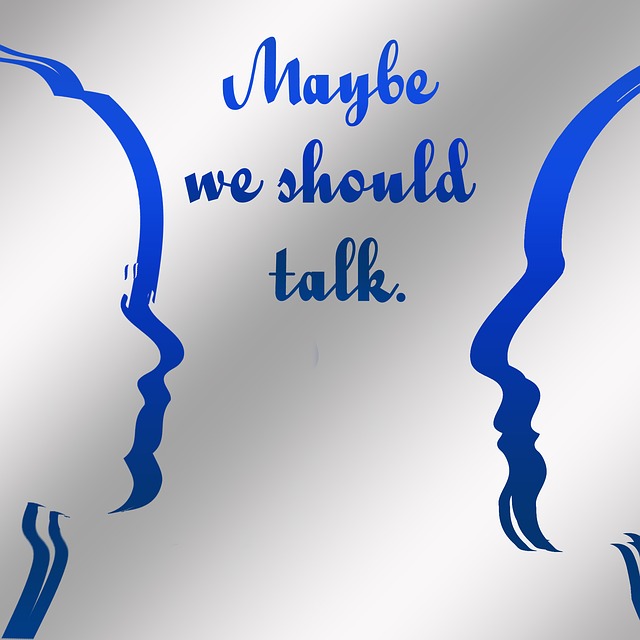Leadership in the future world of work presents many challenges, not the least of these being managing the diversity that will confront leaders. Diversity takes many forms – diversity of markets, of customers/clients, of technologies and of the workforce.
As countries around the world become more strongly interdependent, connected through international trade agreements and treaties, the diversity of issues will expand exponentially. This is reflected in complex market relationships involving very significant differences in economic, cultural, political and logistical make-up. Marketing channels differ radically by country and are constantly evolving.
The growing diversity of customers/clients has forced companies and government agencies to become more customer/client-focused in terms of communications, systems, structures and procedures. Underpinning this responsiveness, is the need for leaders to develop a new mindset that puts the customer at the centre of considerations of policy, strategy, organisational culture, staff training and organisational access.
The emergence of new technologies, such as robots and artificial intelligence, demands that leaders are open to new ideas and ways of doing things and are creative and innovative in the way they create and deliver products and services.
The complex shift in the mix of employees versus contractors and part-time versus fulltime, creates new challenges in terms of workforce management. Added to this shifting complexity is the need to provide flexible working arrangements, a development accelerated by the availability of emerging technologies. The growth in an increasingly educated population, with ready access to information globally, also means that leaders will be increasingly dependent on the knowledge and skills of their workforce. This will demand robust self-esteem and increasing capacity to connect and collaborate. Concurrent with these challenges is the need to manage increasing generational diversity in the workforce and the related inter-generational relationships and conflicts.
Taking these macro changes into account will demand that leaders develop the capacity for inclusive leadership – the ability to manage the complexity, uncertainty and disruption of the diversity that is growing on every front.
Traits of inclusive leadership
Juliet Bourke and Bernadette Dillon produced an article published by Deloitte titled, The six signature traits of inclusive leadership: Thriving in a diverse new world. I will discuss each of these six traits and relate them to the diversity issues identified above.
Commitment– according to Bourke and Dillon, research shows that inclusive leadership is more sustainable when it involves a personal commitment to the underlying values of “fairness” and “equity”. While acknowledgement of the business case for inclusion can encourage leaders to be more inclusive, a commitment of heart and mind is necessary to sustain the desired behaviour.
Courage – it takes courage to challenge prevailing norms, structures and policies in the defence of inclusion. Going against non-inclusive thinking and behaviour can lead to isolation and conflict and requires a courageous stance over a sustained period. It also implies vulnerability and readiness to acknowledge our own mistakes and weaknesses.
Cognizance of bias – we all suffer from unconscious bias in our perception of others whether the bias is based on age, sexual preference, culture, economic position or employment status. Bias leads to words and behaviour that undermine inclusion. Unconscious bias creates blind spots resulting from a lack of awareness of the hurt we cause through our non-inclusive perceptions, words and actions. Inclusive leadership thus demands both self-awareness and self-management to prevent bias creeping into our actions and decisions. It also entails understanding of, and support for, people who are experiencing mental illness.
Curiosity – inclusive leadership entails openness to, and curiosity about, other ideas and perspectives. It involves not just recognising differences but also valuing them and learning from them. Curiosity fuels life-long learning – an essential requirement for inclusive leadership. Bourke and Dillon argue from their research that inclusive leaders deepened their understanding of diverse perspectives by “asking curious questions and actively listening“.
Culturally intelligent – cultural intelligence has emerged as a critical leadership trait because of the global mobility of the workforce. Now termed “CQ“, cultural intelligence involves “the capability to relate and work effectively in culturally diverse situations”. It goes beyond cultural sensitivity and entails sustained interest in cultural diversity, a willingness to learn and adapt in culturally diverse situations and ability to plan for associated inclusive behaviour.
Collaborative – as the world of work changes with considerable rapidity and in unpredictable ways, the need to collaborate is paramount for effective and inclusive leadership. This involves creating space and opportunities for sharing of ideas and different perspectives by diverse groups and personalities. Synergy can result from such connections and collaborative efforts. My own research reinforces the fact that collaboration is motivational and engenders engagement, energy and creativity.
As we grow in mindfulness we can develop our emotional commitment to the value of fairness, strengthen our courage and resilience to pursue this commitment, cultivate self-awareness and curiosity and enhance our capacity to collaborate. Mindfulness then will support our efforts to cultivate inclusive leadership in our own thoughts, words and actions and those of others.
By Ron Passfield – Copyright (Creative Commons license, Attribution–Non Commercial–No Derivatives)
Image source: courtesy of geralt on Pixabay
Disclosure: If you purchase a product through this site, I may earn a commission which will help to pay for the site, the associated Meetup group and the resources to support the blog.









